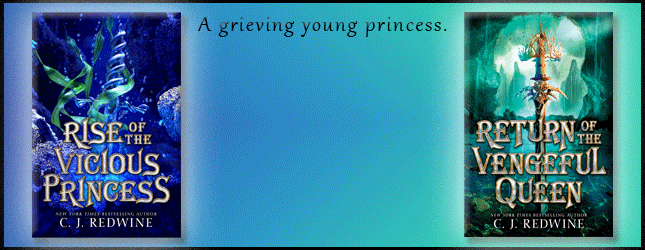Review Detail
Middle Grade Non-Fiction
441
A Story of Distorted Self-Image
Overall rating
3.5
Writing Style
N/A
Illustrations/Photos (if applicable)
N/A
Learning Value
N/A
A memoir in graphic novel form, offering the personal account of a young Muslim girl’s nearly lifelong battle with perception, body image, and eating disorders.
An offhanded (and honestly, benign seeming) remark from her aunt on how “big” she’s gotten sends a very young Dounya spiraling into full blown body dysmorphia and binge-eating. The book then traces her unhealthy relationship with food all the way up through high school, where she eventually decides to make a change in her lifestyle habits. But the overly positive reaction of her peers causes her mental health pendulum to swing to the opposite extreme, to the point where she nearly dies of bulimia.
One has to applaud the author’s transparency and willingness to share her story through such a public medium. The intention to offer relatability and help others is clearly there (although, I couldn’t find any listing of helplines at the end of this book. There was a website for Zuiker Press and a 5-point takeaway writeup on recognizing body dysmorphic disorder.) One can certainly see youth mental health advocates utilizing this book as a potential tool.
The artwork is neither disappointing nor exceptional. (Though honestly, the subject matter doesn’t easily lend itself to graphic novel depiction.) The color pallet is rich and the style well defined, but with the flashback format and range of age depictions it is sometimes a touch difficult to recognize characters from frame to frame.
While it’s refreshing to see someone’s sincere personal faith integrated into a mainstream work, I would have liked to see more of the author’s organic growth and progression in that area. The author credits Islam in saving her life, but doesn’t really explain how. If she grew up in this faith, as was indicated, then what changed about her understanding of it that so aided her in overcoming her self-destruction? What principals or texts/scripture did she cling to amid her recovery?
Unfortunately, readers aren’t privileged with this information.
Ultimately, the story felt a little too abbreviated. It could have easily been twice as long if more aspects had been fleshed out. For the purposes of school counseling office waiting areas, brevity may be an advantage… but I’d still have liked to see more references to direct readers who may yet be ready or able to seek help from the adults in their lives. I can otherwise see it proving to be a valuable resource—adding more diverse voices to a mental health issue that carries a lot of stereotyping.
An offhanded (and honestly, benign seeming) remark from her aunt on how “big” she’s gotten sends a very young Dounya spiraling into full blown body dysmorphia and binge-eating. The book then traces her unhealthy relationship with food all the way up through high school, where she eventually decides to make a change in her lifestyle habits. But the overly positive reaction of her peers causes her mental health pendulum to swing to the opposite extreme, to the point where she nearly dies of bulimia.
One has to applaud the author’s transparency and willingness to share her story through such a public medium. The intention to offer relatability and help others is clearly there (although, I couldn’t find any listing of helplines at the end of this book. There was a website for Zuiker Press and a 5-point takeaway writeup on recognizing body dysmorphic disorder.) One can certainly see youth mental health advocates utilizing this book as a potential tool.
The artwork is neither disappointing nor exceptional. (Though honestly, the subject matter doesn’t easily lend itself to graphic novel depiction.) The color pallet is rich and the style well defined, but with the flashback format and range of age depictions it is sometimes a touch difficult to recognize characters from frame to frame.
While it’s refreshing to see someone’s sincere personal faith integrated into a mainstream work, I would have liked to see more of the author’s organic growth and progression in that area. The author credits Islam in saving her life, but doesn’t really explain how. If she grew up in this faith, as was indicated, then what changed about her understanding of it that so aided her in overcoming her self-destruction? What principals or texts/scripture did she cling to amid her recovery?
Unfortunately, readers aren’t privileged with this information.
Ultimately, the story felt a little too abbreviated. It could have easily been twice as long if more aspects had been fleshed out. For the purposes of school counseling office waiting areas, brevity may be an advantage… but I’d still have liked to see more references to direct readers who may yet be ready or able to seek help from the adults in their lives. I can otherwise see it proving to be a valuable resource—adding more diverse voices to a mental health issue that carries a lot of stereotyping.
Comments
Already have an account? Log in now or Create an account



































